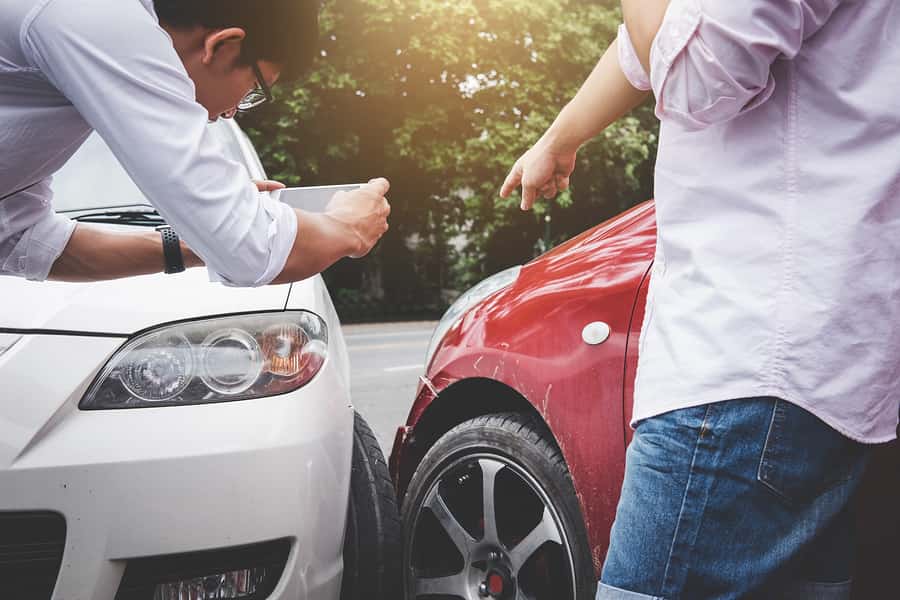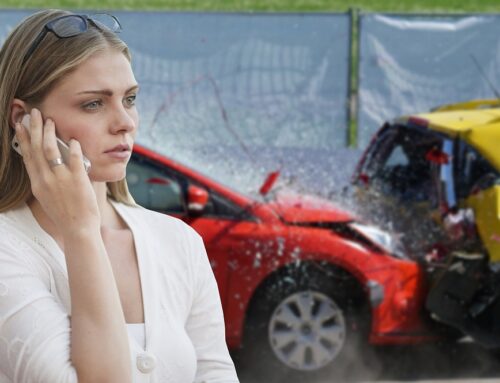When a car accident happens, it’s necessary to establish who was at fault because that party will be liable for the damages they caused. These damages may include personal injuries and property damage. Often those who were involved in the accident or witness to the accident will know who was responsible. However, sometimes, a victim in a car accident has to prove the other party was at fault. If you have been in an accident and need to prove someone else’s liability, take these steps:
Examine the Physical Evidence
The damage to the vehicles may help establish who was at fault. Where was your car hit? Where is their car damaged? What was the result of the impact? If another driver hit your car from behind, or was making a left turn into oncoming traffic, they are very likely to be at fault. While there are some exceptions to those common accident scenarios, the damage to the vehicles is usually enough to prove liability.
Consult Witnesses
Even in cases where fault seems clear, some drivers may attempt to prove that they were not actually responsible for the accident in order to avoid liability. For example:
• A driver who was turning left into traffic may attempt to prove that the car traveling toward them was moving too fast.
• driver who rear-ended a vehicle may suggest that the victim was attempting to reverse their car at a traffic light.
In fact, a victim’s driving mistakes, such as missing tail lights or miscalculated timing when approaching an intersection, can reduce the other party’s liability. In cases where there is shared fault the amount a party may have to pay for damages will be reduced, giving them an incentive to try to prove exactly that. To challenge this tactic, produce witness reports and testimony that can corroborate your claim that the other party was at fault.
Check the Police Report
Depending on the severity of the accident, police may have come to the scene to make a report and take statements. Even if the accident was minor and there were no injuries, the involved parties are still responsible for making a police report to the appropriate authorities as soon as possible.
The police report can help establish liability and prove who was at fault, which is essential for filing a claim with an insurance company. However, be aware that police reports can be inaccurate. Review your report after it is made, and if there is an error, correct it as soon as possible to ensure the true circumstances of the accident are officially documented.
Look for Additional Evidence
If the evidence at the scene isn’t conclusive and the other driver refuses to admit fault, you may need to look for other evidence. Determine if any municipal traffic cameras or commercial cameras from nearby businesses recorded the accident. Such recorded footage can be key evidence for establishing fault.
Get Legal Help After Your Indianapolis Accident—Call William W. Hurst Today!
If you were in an accident in Indiana and you’re struggling to establish the other party’s liability, speak to an experienced personal injury lawyer at The Law Office of Hurst Limontes LLC and learn if we may be able to help. Contact us today at (317) 636-0808 or online for a free consultation.





